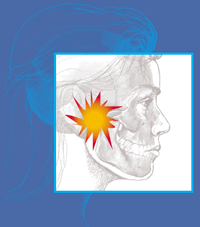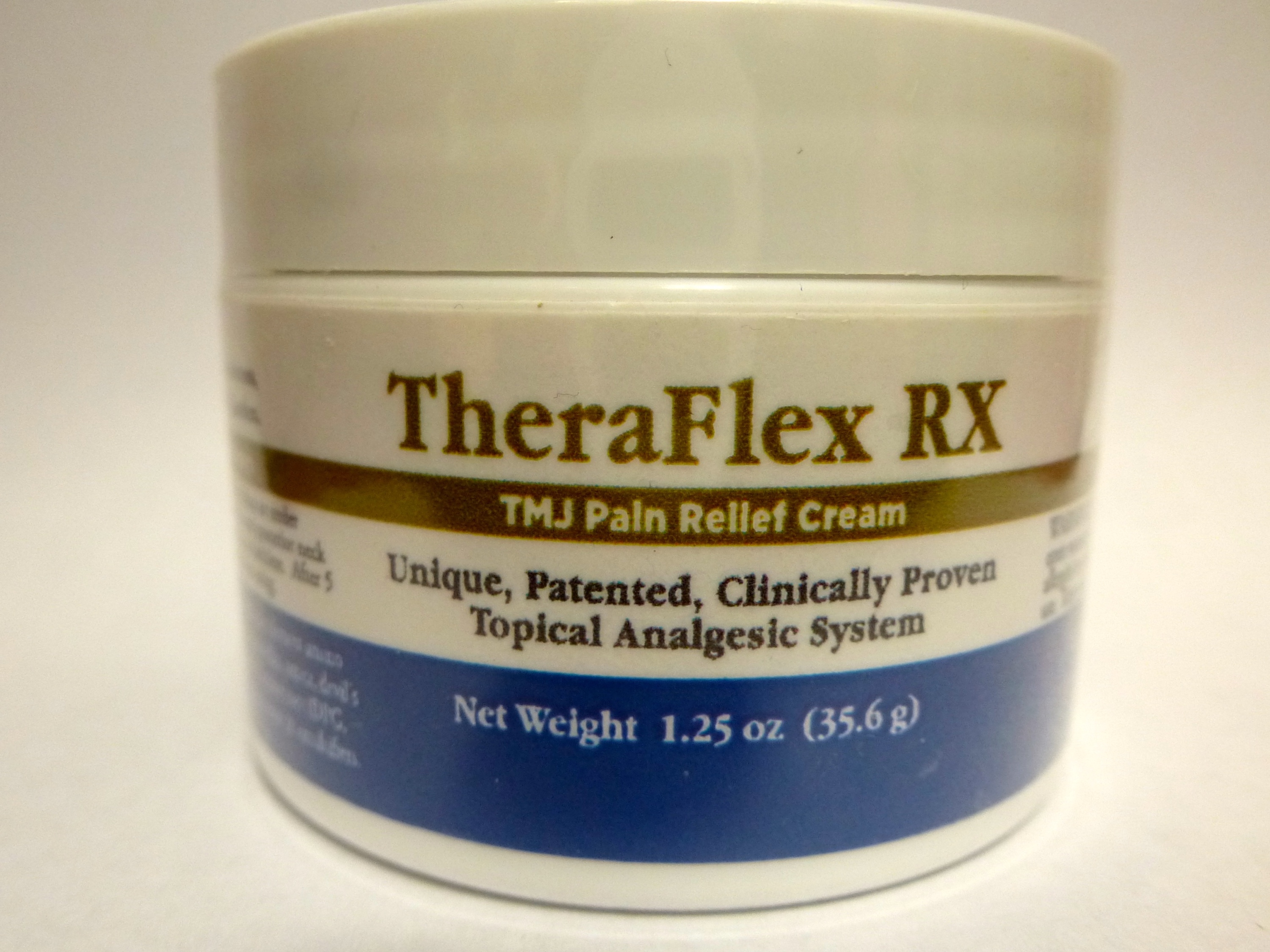National Institutes of Health
This Information is provided courtesy of the National Institute of Dental and Crainiofacial Research
TMJ (Temporomandibular Joint and Muscle Disorders)

What are Temporomandibular Joint and Muscle Disorders (TMJ)?
Temporomandibular joint and muscle disorders, commonly called "TMJ," are a group of conditions that cause pain and dysfunction in the jaw joint and muscles that control jaw movement. Some estimates suggest that TMJ disorders affect over 10 million Americans; the conditions appear to be more common in women than men.
Causes and Symptoms
Trauma to the jaw or temporomandibular joint plays a role in some TMJ disorders but in most cases, the exact cause of the condition is not clear. A variety of symptoms may be linked to TMJ disorders. Pain in the chewing muscles and/or jaw joint is the most common symptom; others include jaw muscle stiffness; limited movement or locking of the jaw; painful clicking, popping or grating in the jaw joint when opening or closing the mouth; and a change in the way the upper and lower teeth fit together.
Treatment
For most people, discomfort from TMJ disorders will eventually go away with little or no treatment. Some, however, develop significant, long-term problems. Simple steps that may help ease symptoms temporarily include eating soft foods, applying ice packs, and avoiding extreme jaw movements like wide yawning and gum chewing. Short term use of over-the-counter or prescription pain medicines and learning techniques to reduce stress may also provide relief. Even if symptoms become significant and persistent, most people still do not need aggressive types of treatment.
Health Information
- MedlinePlus: Temporomandibular Joint Dysfunction
- The National Library of Medicine's compilation of links to government, professional and non-profit/voluntary organizations with information on TMJ disorders.
Related Oral Health Topics
 Theraflex Rx TMJ Pain Relief Cream
Theraflex Rx TMJ Pain Relief Cream